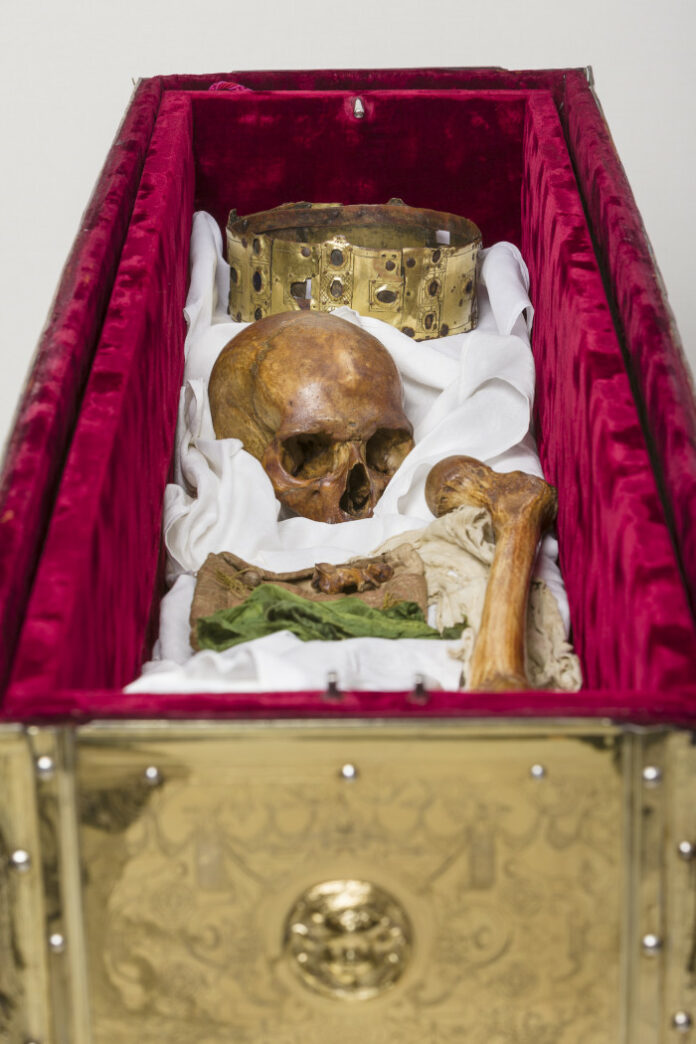On April 23rd, 2014, Uppsala University embarked on a groundbreaking research project, opening a reliquary casket in Uppsala Cathedral containing the bones of King Eric IX of Sweden. As the patron saint of Stockholm, King Eric IX held significant historical and cultural importance. The primary objective of the study was to compare medieval remains with modern ones for an interdisciplinary osteoporosis study. However, researchers also seized the opportunity to delve into the mysteries surrounding the king’s national origins, health, diet, and violent death.
Remarkable Osteological Evidence
The University has now released the initial findings of the study, revealing the remarkable congruence between the osteological evidence and the stories passed down through the centuries. With no surviving contemporary writings about King Eric IX, later hagiographies have portrayed him as a saint in life, a martyr in death, and a miracle-worker thereafter. Consequently, differentiating fact from legend has posed a challenge. Nevertheless, the research team employed various scientific techniques, including DNA analysis, stable isotope analysis, forensic examination, and radiocarbon dating, to shed light on the enigmatic king’s life.
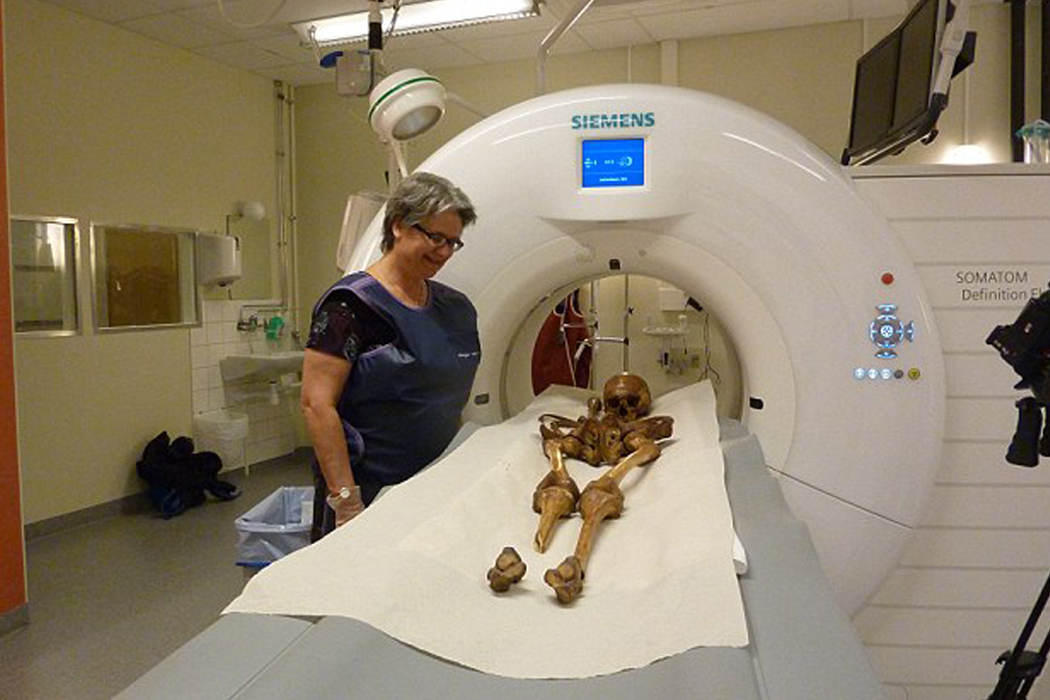
Revealing Insights
Within the reliquary casket, researchers discovered a total of 24 bones, 23 of which belonged to a man aged approximately 35-40 years old, standing at a height of 171 centimeters (5’7″). CT scans revealed no evidence of medical conditions, osteoporosis, or bone loss. Surprisingly, the bone density of King Eric IX was found to be 25% higher than that of an average young man today, indicating his exceptional strength and physical fitness. Radiocarbon dating further confirmed his death to have occurred in 1160.
Dietary Habits
Stable isotope analysis provided insights into King Eric’s excellent health, pointing to his consumption of a significant amount of freshwater fish. As kings had access to abundant game and freshwater fish on their estates, Eric’s diet encompassed a combination of land animal protein and fish, with an emphasis on the latter. This aligns with accounts from hagiographies depicting him as frequently fasting for religious devotion. While fasting in the Middle Ages did not necessitate complete abstinence from food, meat was typically avoided, and more stringent restrictions were primarily observed by monks or ascetics. The exemption of certain game birds from the no-meat rule further supports the hagiographical descriptions.
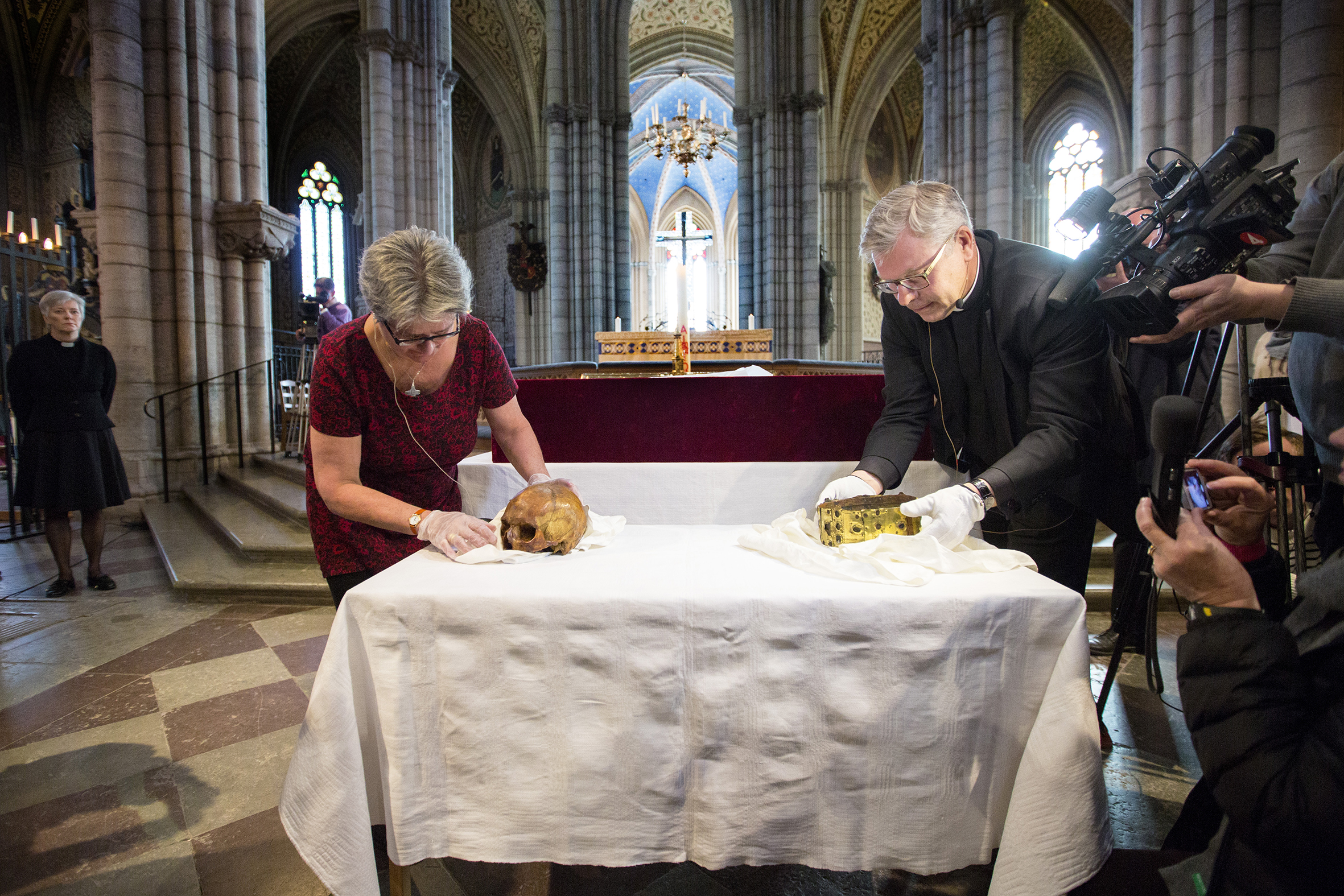
Evidence of Battle
Wounds found on King Eric’s bones aligned with the stories surrounding his military exploits. One or two healed wounds on his cranium likely resulted from battles, potentially during his war against pagan Finland. The unhealed wounds discovered on his bones closely matched the legend of his final battle. According to the hagiographies, the king was overwhelmed by enemies, sustaining numerous wounds until he lay half dead. The assailants then taunted him before ultimately beheading him. The remaining bones exhibited at least nine cuts, seven of which were on the legs, implying that his legs were less protected than the rest of his body.
Contradictory Findings and Pending Analysis
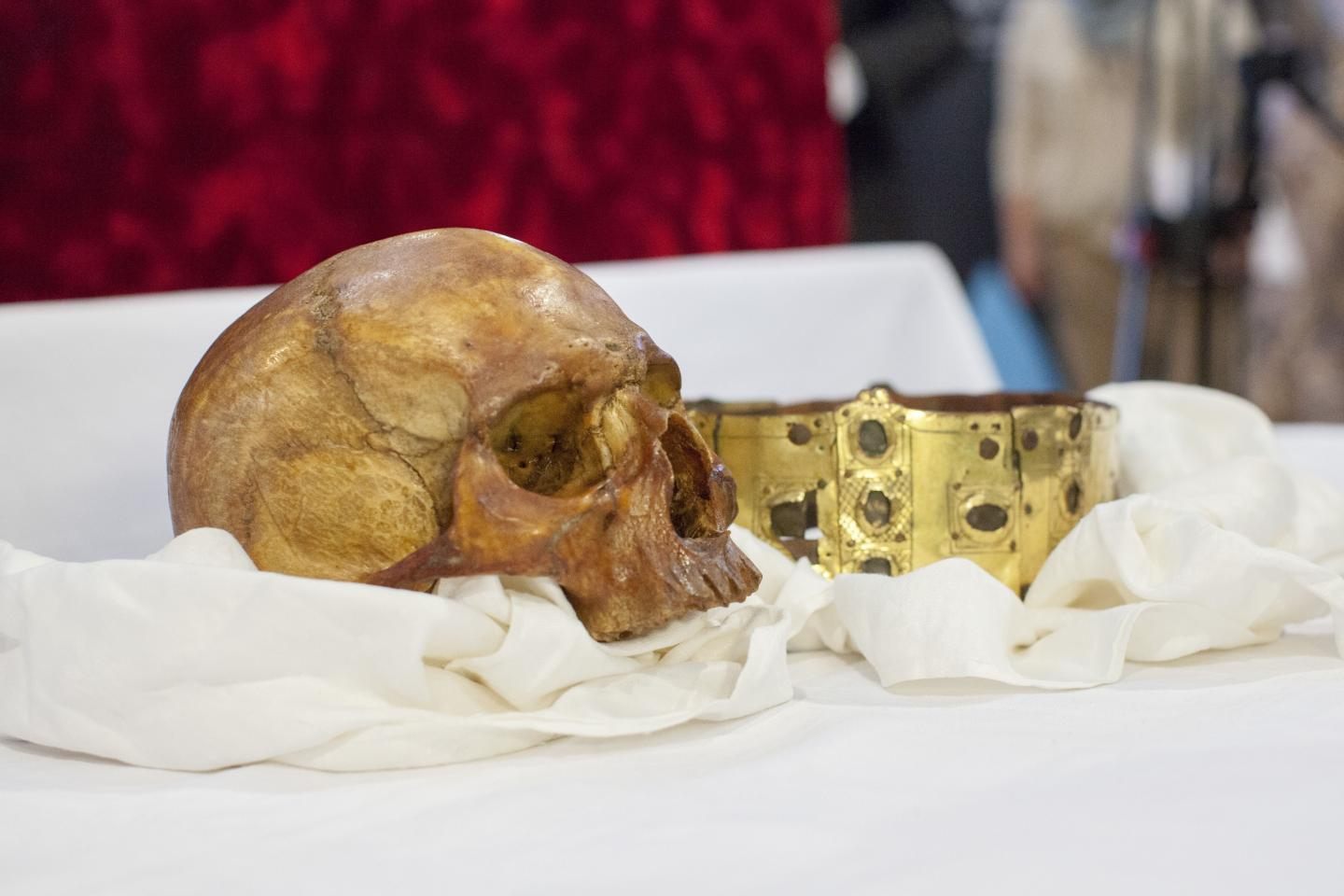
The study unveiled a surprising discrepancy between the hagiographies and the stable isotope analysis, suggesting that King Eric spent the last decade of his life in the southern province of Västergötland rather than Uppsala. However, further comparison and analysis are required to confirm this preliminary finding. Additionally, DNA analysis is still pending, but researchers have successfully extracted DNA samples, a remarkable feat considering the age of the bones. By comparing the DNA with that of King Magnus III, who was descended from Eric IX, the authenticity of the bones will be confirmed.
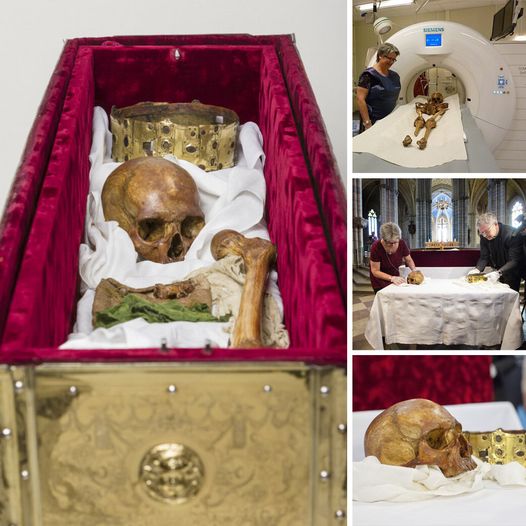
The ongoing study of King Eric IX’s bones has provided valuable insights into the life, health, and death of this medieval monarch. The remarkable congruence between the osteological evidence and historical accounts lends credibility to the stories passed down through the centuries. As further analysis unfolds, the research team aims to unravel more mysteries surrounding King Eric IX, shedding light on the life and legacy of Stockholm’s patron saint.
